Why Don’t Two or More Elements in the Periodic Table Have the Same Number of Protons?
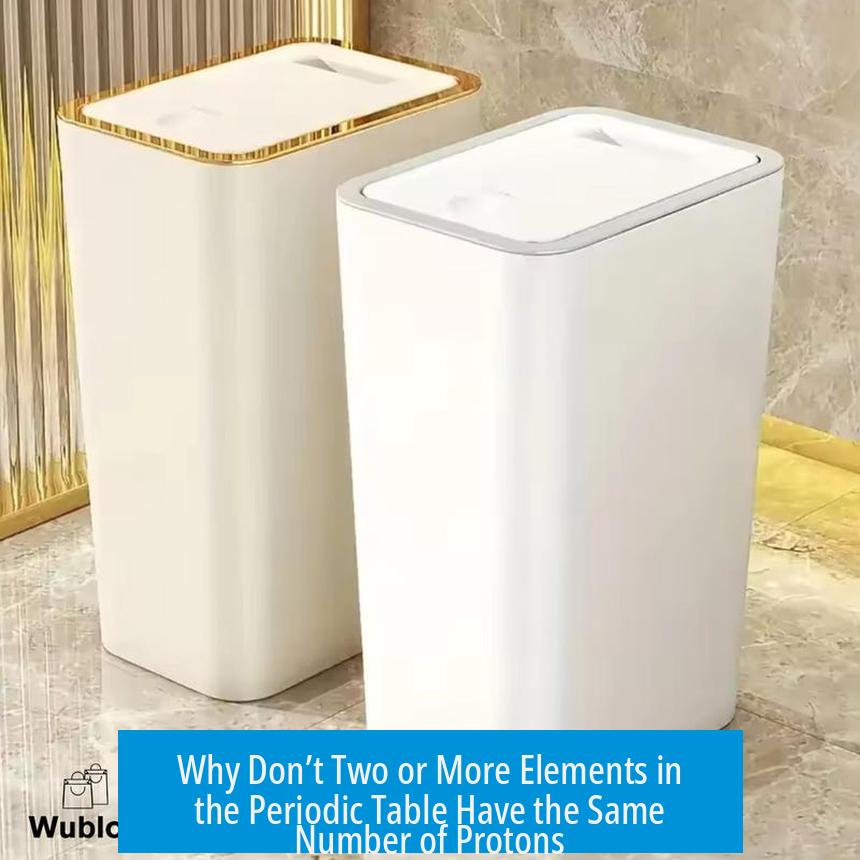
Two or more elements cannot have the same number of protons because the number of protons uniquely defines each element. The identity of an element is determined by its atomic number, which corresponds exactly to the number of protons in its nucleus. If two atoms have the same proton count, they belong to the same element, sharing identical chemical properties.
Element Definition by Proton Number
An element is characterized by its atomic number.
- An atom with 1 proton is hydrogen.
- 2 protons form helium.
- 3 protons make lithium.
- 4 protons define beryllium.
Thus, any variation in proton number changes the element itself.
Impact on Chemical Properties

The chemical behavior of an atom depends on its electrons, which are equal in number to protons in a neutral atom.
The nucleus’s positive charge, given by protons, governs how electrons arrange in quantum mechanical orbitals. This arrangement dictates chemical reactions and bonding.
If two atoms had the same proton count, they would share identical electronic structures and thus identical chemical properties, making them indistinguishable as different elements.
Conceptual Clarification
This can be compared to a musical group’s size defining its name: a quartet has four members. A three-member group cannot be a quartet.
Similarly, an element’s identity rests on its proton count. No element can have less or more protons than defined by its atomic number.
Human Classification and Periodic Table Limits

The periodic table is a classification system assigning elements based on proton numbers.
While protons define stable elements, very heavy elements (beyond 118) are synthesized artificially and decay quickly.
Theoretically, increasing proton numbers could create more elements, but no two elements share the same proton count.
Key Takeaways
- Number of protons uniquely defines an element.
- Changing proton number changes nuclear charge and chemical identity.
- Elements with identical proton counts have identical chemical properties.
- The periodic table organizes elements by increasing proton number without overlap.
Why don’t two or more elements in the Periodic Table have the same number of Protons?
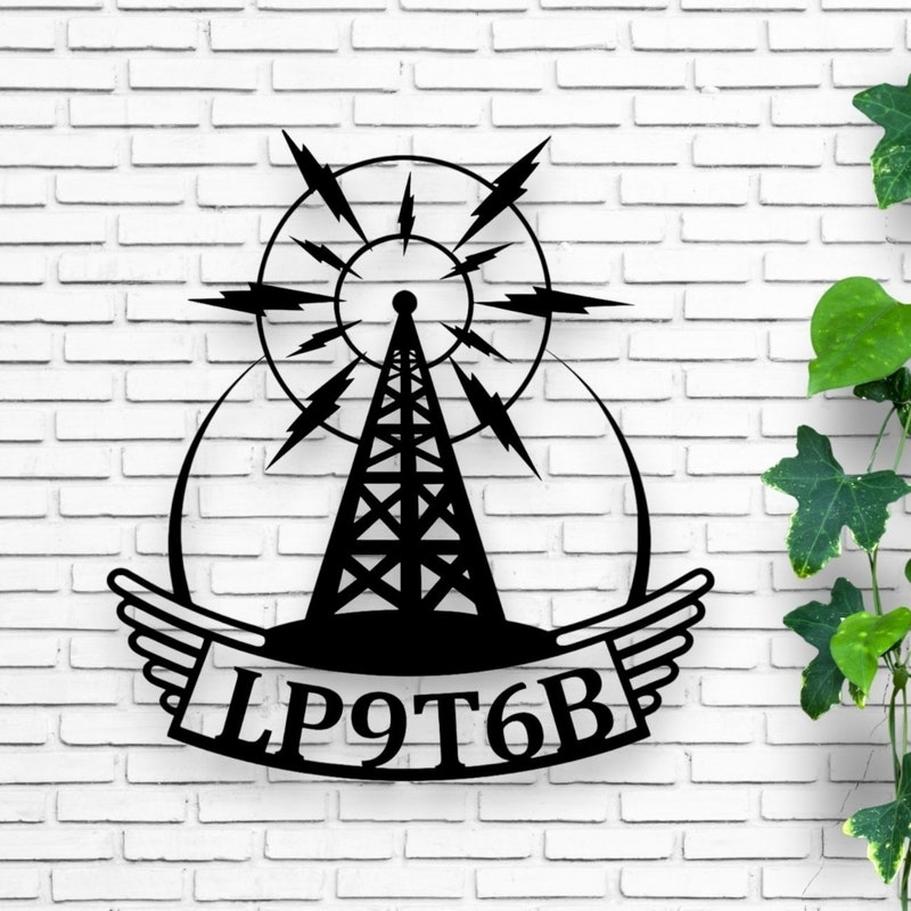
The short and sweet answer: two or more elements can’t have the same number of protons because the number of protons defines what an element is. No ifs, ands, or buts. That’s it. If you change the proton count, you change the element entirely.
Sounds simple, right? But dig deeper, and there’s an elegant story behind this atomic rule that shapes everything from the game-changing chemistry laboratories to your grandmother’s kitchen.
Let’s start at the very core — literally. Each atom contains a nucleus with protons and neutrons. While neutrons and electrons can vary (hello isotopes and ions!), the number of protons stands firm. It’s like the element’s identity card.
Protons: The Elemental Identity Badge
Imagine if elements decided to swap their ID numbers just for fun. Beryllium atoms have 4 protons, lithium atoms have 3, and hydrogen has a lonely 1. If you take a beryllium atom and give it just 3 protons, guess what? It stops being beryllium and instantly jumps to being lithium. There’s no such thing as a beryllium with 3 protons lurking in some quantum corner. It’s impossible by definition.
Here’s an analogy to make this crystal-clear. Think of musical groups. A quartet always has exactly four members. Can a quartet have three people? No. That’s a trio. Similarly, an element is classified precisely by its proton count. Change that, and you change the element.
The Nuclear Charge and Its Ruling Role
Why does shifting the proton number change an element? The answer lies in the nuclear charge and how it orchestrates the atom’s entire behavior.
The protons are positively charged, and this positive nuclear charge pulls in electrons (with their negative charge). The electrons orbit in specific energy levels dictated by everything from simple electrostatic forces to complex quantum mechanical rules.
Here’s the deal: the nuclear charge determines the arrangement of electrons. Since chemical properties depend on electrons — how they bond, react, and dance around other atoms — altering the number of protons changes the entire chemical personality of the atom.
In essence, if two atoms had the same proton number but different names, they’d behave identically in reactions. That would confuse chemists and biologists alike. But since elements are defined by that proton count, duplicate proton numbers mean identical elements.
Why Don’t We See Duplicate Elements?
Now you might be thinking, “Couldn’t humans label the same proton count with two different elements just for fun?” While scientifically entertaining, it’s not practical or logical. The atomic number (which equals the number of protons) is a globally agreed-upon standard that defines the Periodic Table.
This standard makes communication in science crystal clear. When you say ‘carbon,’ everyone knows you mean an element with 6 protons. No mysterious hidden Carbon 2.0 with the same proton count but different traits.
Today’s periodic table includes 118 elements, but that’s not a magic number. It merely reflects the elements discovered or synthesized so far. Some elements exist only in laboratories, created atom-by-atom, before they zip away in less than a millisecond.
Theoretically, there’s no upper limit to how many elements can exist if we keep increasing the proton number. Each step adds a proton, creating a new, unique element. But they must have a distinct proton count. That’s fundamental.
Practical Example: Why Don’t Beryllium Atoms Have 3 Protons?
Beryllium’s defining magic number is 4 protons. That’s its atomic fingerprint. So, a 3-proton atom isn’t a beryllium descendant wearing a disguise. It’s lithium, with very different chemical qualities.
You can think of the atomic nucleus like a small club that won’t let in anyone without the exact membership number. Anyone with three protons joins the lithium crowd. Four protons? Welcome to the beryllium squad. Numbers rule that club strictly.
Some Food for Thought: Why Is This Important?
Chefs wouldn’t want to swap salt with sugar accidentally, and chemists definitely don’t want to mix up elements. Understanding the unique relationship between protons and elements clarifies how the periodic table organizes the universe’s building blocks.
Knowing why two elements cannot share proton numbers helps scientists predict behavior, create new compounds, and inform everything from medicine to materials science.
Summary Table: Elements and Proton Counts
| Element | Number of Protons | Chemical Symbol |
|---|---|---|
| Hydrogen | 1 | H |
| Helium | 2 | He |
| Lithium | 3 | Li |
| Beryllium | 4 | Be |
Changing the proton number changes the element—period.
Wrapping It Up
So, can two elements share the same proton number? Nope. It’s like saying two different phone models have the same serial number—it just can’t happen.
The proton count defines the nuclear charge and electron configuration of an atom. This configuration dictates chemical properties. So, identical proton numbers mean identical electronic behavior and, therefore, the same element.
Humans simply made the periodic table a neat, orderly classification that aligns with nature’s law: each proton number corresponds strictly to one element. It’s not just a labeling choice; it’s nature’s rule.
Next time you glance at the periodic table, appreciate this elegant simplicity. Each element stands alone because of its unique proton signature—unchangeable, unmistakable, and scientifically rock-solid.
Why can’t two different elements have the same number of protons?
Elements are defined by their proton count. If two atoms share the same number of protons, they are not different elements but the same one. Protons determine the element’s identity.
How does the number of protons affect an element’s chemical properties?
The number of protons sets the nuclear charge. This charge controls how electrons arrange around the atom, shaping its chemical behavior. Identical protons mean identical chemistry.
Could an element have a different number of protons but still behave like another element?
No. Changing protons changes the element itself. This leads to different electron configurations and chemical reactions. Only electrons and neutrons can vary without changing the element.
Is the proton number assignment a natural rule or a human system?
It’s a natural rule that elements differ by protons. Humans classify elements in the periodic table based on this. The table is limited to elements observed or created by us.
Why don’t elements with fewer or extra protons appear as new elements naturally?
Some elements don’t exist naturally because they are unstable. They decay quickly. Synthetic element creation requires adding protons, but stability limits how many can exist on Earth.


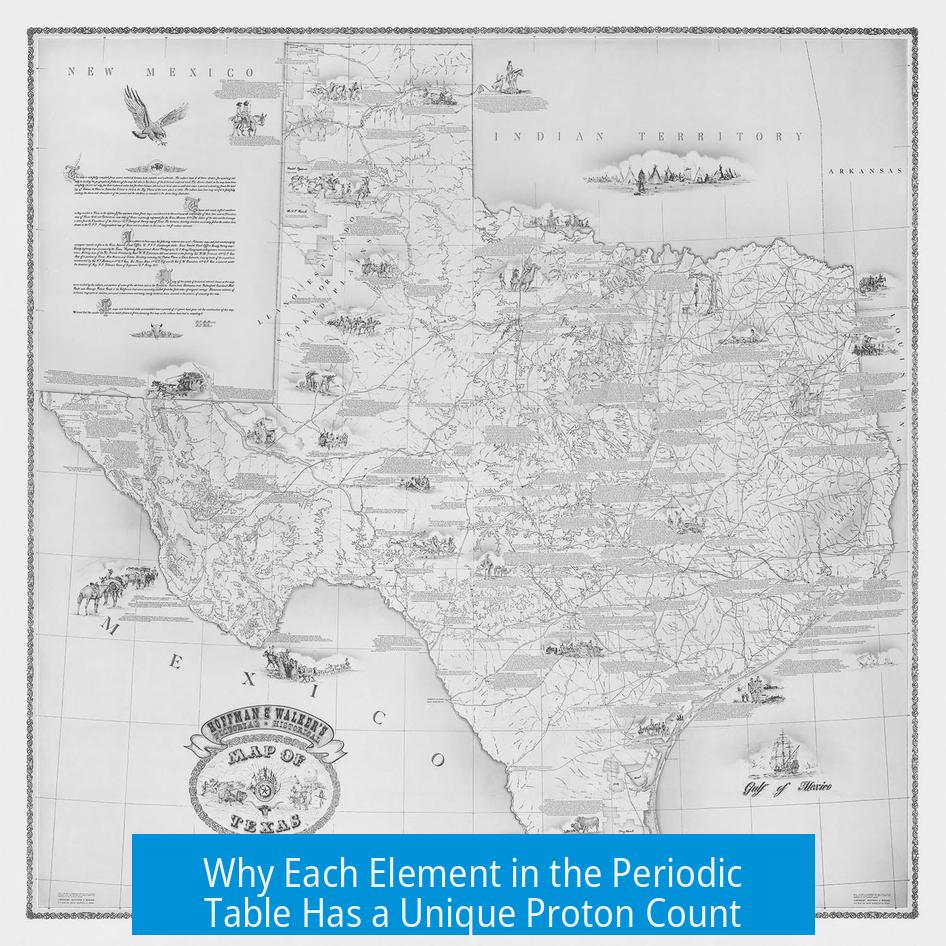
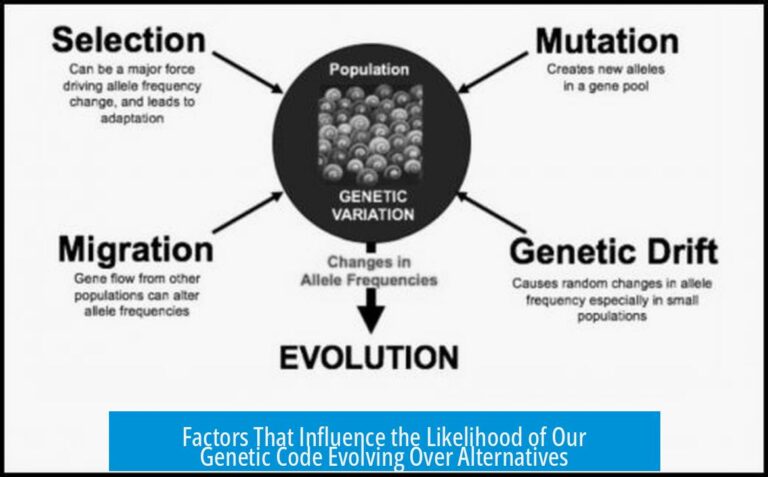
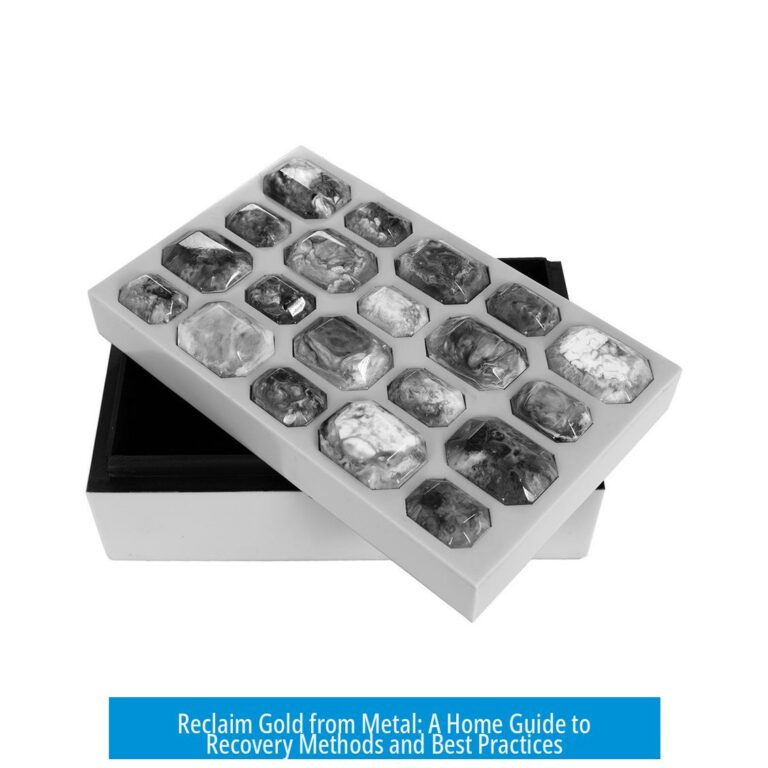
Leave a Comment